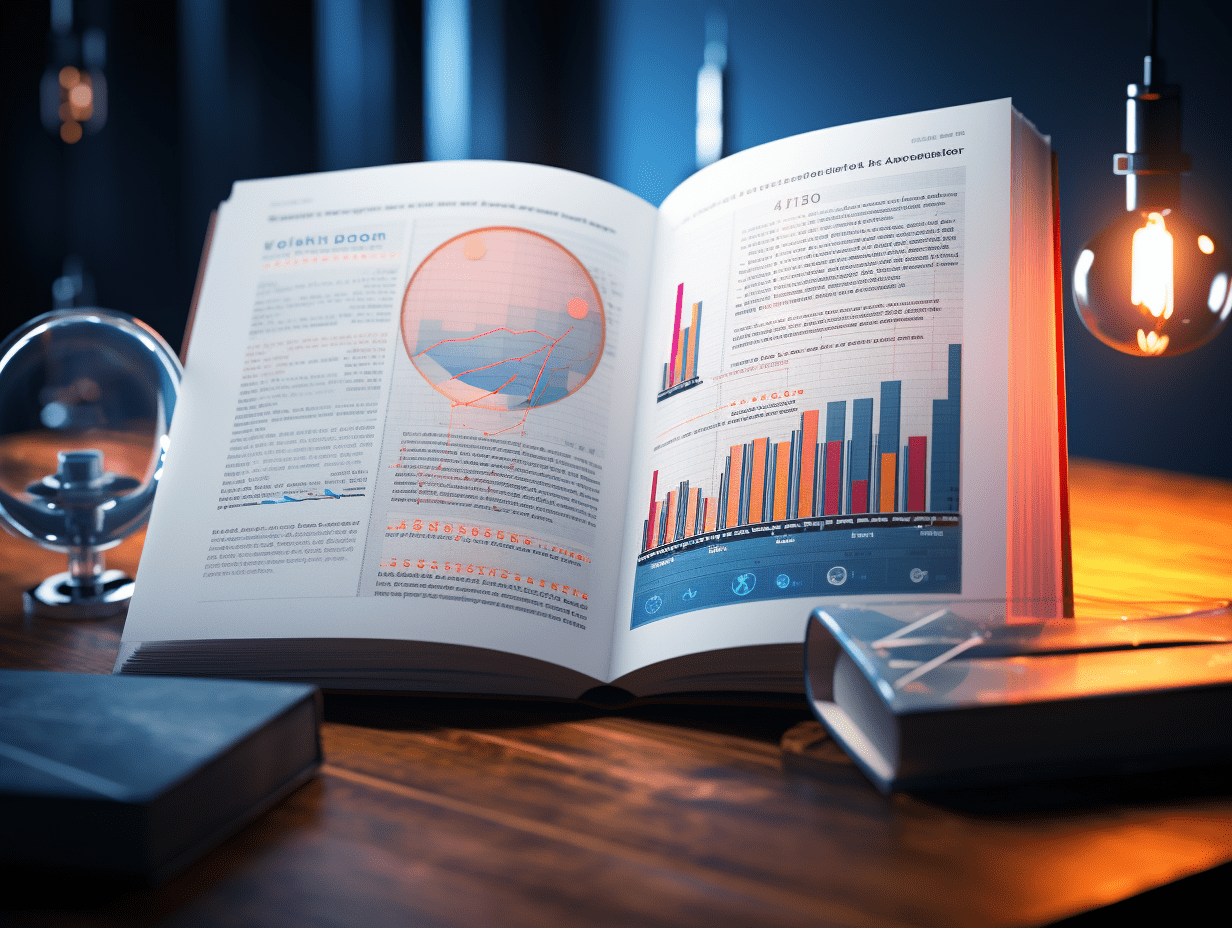US June new car sales expected to increase by 2.5% year-on-year; low base may make the data seem "inflated"
J.D. Power and GlobalData said in a joint report on Wednesday that total adjusted new vehicle sales in the United States are expected to increase by 2.5% in June, to 1.25 million units. However, without adjusting for selling days, sales have decreased by 5.4% compared to the same period in 2024.
J.D. Power and GlobalData said in a joint report on Wednesday that the adjusted total sales of new vehicles in the United States in June are expected to increase by 2.5% to 1.25 million units. However, if not adjusted for the number of selling days, sales have actually decreased by 5.4% compared to the same period in 2024. Total sales for the second quarter of 2025 are expected to reach 4.18 million units, a 2.5% year-on-year increase.
Due to concerns about President Trump's tariff policy potentially raising car prices in the future, many consumers bought cars earlier in March and April. This early sales spike created a "pull-forward effect," which dragged down sales performance in June. Additionally, a cyber attack in June of last year caused disruptions in dealer systems, resulting in a retail sales decrease of approximately 85,000 units, and also affecting year-on-year data for this year. The report indicates that the year-on-year data for June appears more optimistic than the actual situation. And the year-on-year sales data for July 2025 may not accurately reflect the true trend, as last year's data was influenced by a rebound in sales after dealer software systems were restored.
The report shows that the average retail transaction price for new cars in June is expected to be $46,233, a 3.1% year-on-year increase, but only a 0.2% increase compared to the previous month. It is reported that the current tariff levels on average increase the manufacturing cost of each car by about $4,275, with the specific impact depending on the production location. Faced with tariff pressures, promotional spending by car manufacturers as a percentage of the suggested retail price has decreased from 6.1% in January to 5% in June.
Thomas King, President of the Data and Analytics Division at J.D. Power, stated: "(The decrease in promotional spending) reflects the cost pressures brought about by tariffs, but it also causes some consumers looking for affordable models to take a wait-and-see approach."
Related Articles

To defend the linked exchange rate, the Hong Kong Monetary Authority has bought Hong Kong dollars for the first time since 2023.

Powell testified in Congress on the second day: it is still unable to determine the specific impact of tariffs on inflation, reiterating the Federal Reserve's wait-and-see stance.

US regulators consider relaxing capital requirements for large banks, potentially freeing up hundreds of billions of dollars in capital space.
To defend the linked exchange rate, the Hong Kong Monetary Authority has bought Hong Kong dollars for the first time since 2023.

Powell testified in Congress on the second day: it is still unable to determine the specific impact of tariffs on inflation, reiterating the Federal Reserve's wait-and-see stance.

US regulators consider relaxing capital requirements for large banks, potentially freeing up hundreds of billions of dollars in capital space.






